When Queens resident Mary Kehoe noticed something odd buried in the grass outside her home of 35 years, she never imagined it would spark a police investigation—or place her at the center of what law enforcement now says is a growing, dangerous trend.
“I thought it was trash at first,” Kehoe told local media. “Then I saw the camera lens.”
Wrapped in black tape and buried in her lawn with only its camera exposed, the object was in fact a modified Android phone connected to a charger hidden beneath the soil.
The NYPD confirmed it had been placed there deliberately by criminals planning to rob her house.
A Queens resident found a modified phone buried in her lawn. Authorities say it’s part of a growing criminal trend of surveilling potential targets
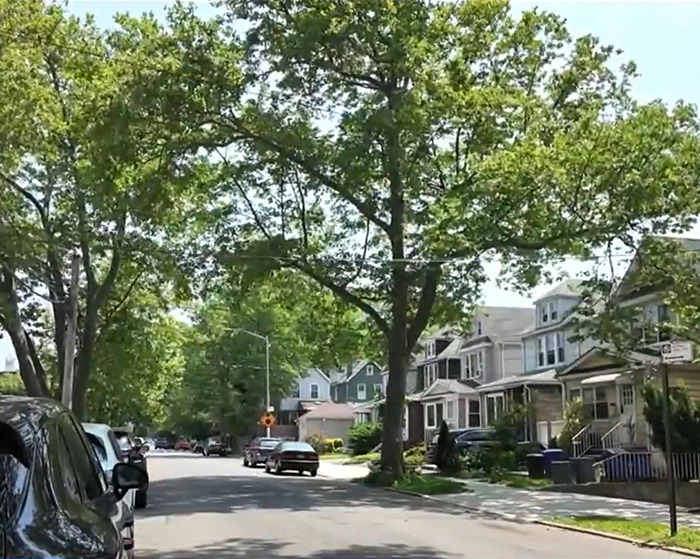
According to investigators, the device was set up as a hidden surveillance tool, meant to record the comings and goings of neighborhood residents. The footage would later help burglars plan break-ins—a tactic police say is far from isolated, with Mary Kehoe being the latest in a rising trend.
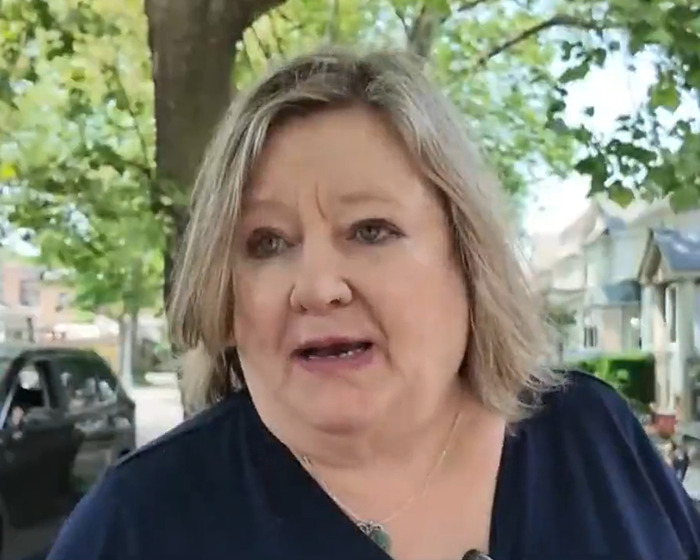
“They’re using these sophisticated devices to gain access into homes,” said Sgt. Vahe Abramyan of the Glendale Police Department.
“The point is to study behavior—who’s home and when, what kind of valuables might be inside.”
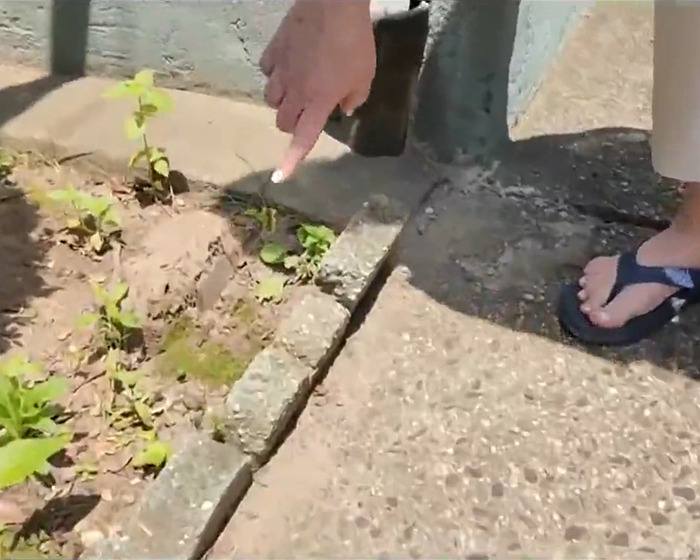
Similar cases have been reported across the country in recent months. Police departments from California to Massachusetts have documented incidents involving hidden cameras, buried phones, or camouflaged surveillance equipment planted around homes.
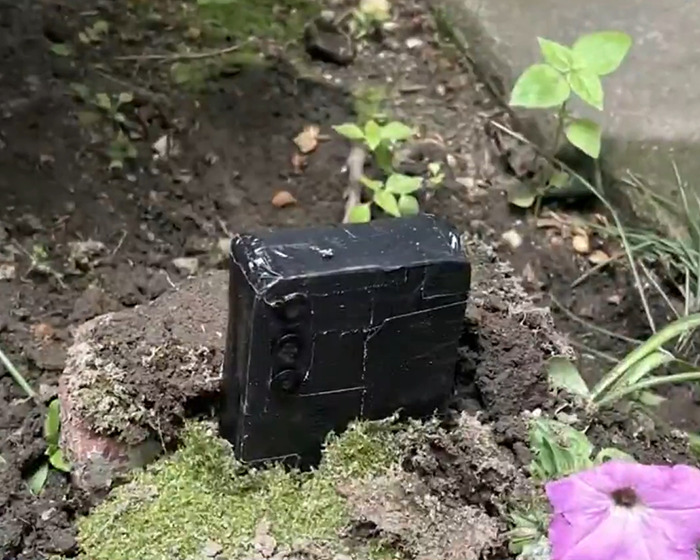
For instance, in May 2024, a South California electrician found a camera in his front planter disguised with leaves. A second, wired device was taped to resemble trash, but turned out to be part of a surveillance setup.
“What is the purpose?” the man asked in an interview with local media, requesting to remain anonymous. “Is this here for a kidnapping? A home invasion?”
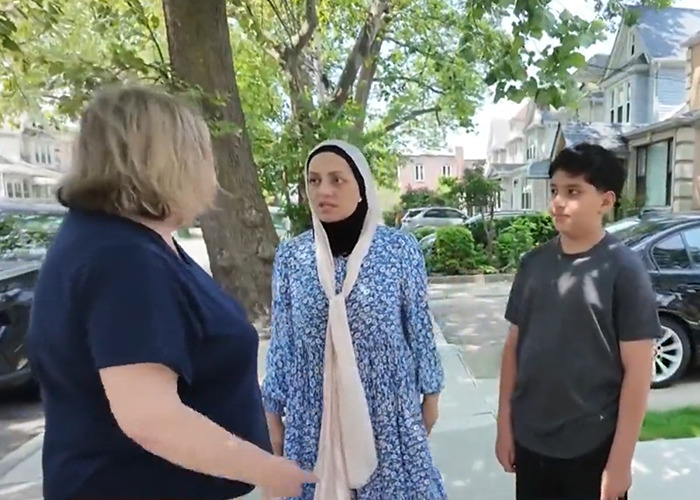
Around the same time, Steve Hippler of Chino Hills, discovered a camera pointed at his neighbor’s house, strategically placed from the base of a tree placed across the street.
“It’s kind of strange,” he said, explaining that he had never seen anything like it in the four decades he’s been living there. “There are much wealthier homes just a few blocks up. Why us?”
According to the police, the method has been associated with South American gangs, who travel to the US to practice “burglary tourism”
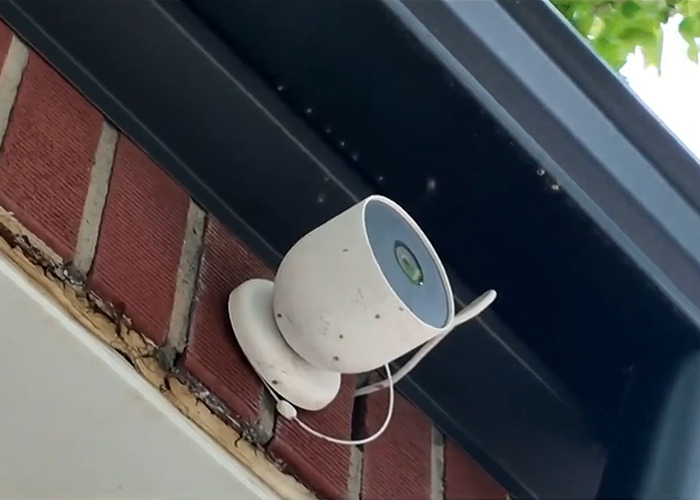
The sudden appearance of these devices is not a coincidence. According to authorities, the method has been known to be used by transnational burglary rings—particularly those coming from South America—who enter the US using tourist visas.

For instance, in September 2024, Glendale police made headlines last month after arresting four Colombian nationals carrying a leaf-covered camera and a Wi-Fi signal jammer intended to disable home security systems.
“These aren’t smash-and-grab amateurs,” Sgt. Vahe Abramyan added. “These are organized crews targeting homes systematically.”
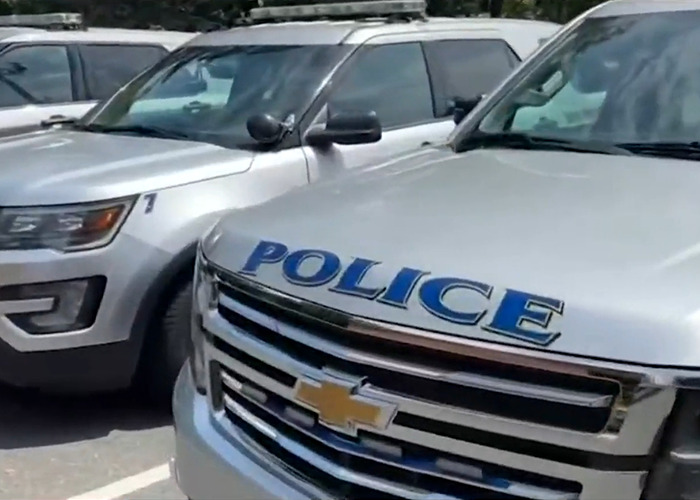
Similar devices have been found in residential areas of Garden Grove, Alhambra, Scarsdale, Lost Hills, and Calabasas. They are often placed inside bushes, under trees, or taped to poles, while facing front doors or bedroom windows.
Representatives have called for certain visa programs to be cancelled due to the rise in crimes associated with foreign gangs
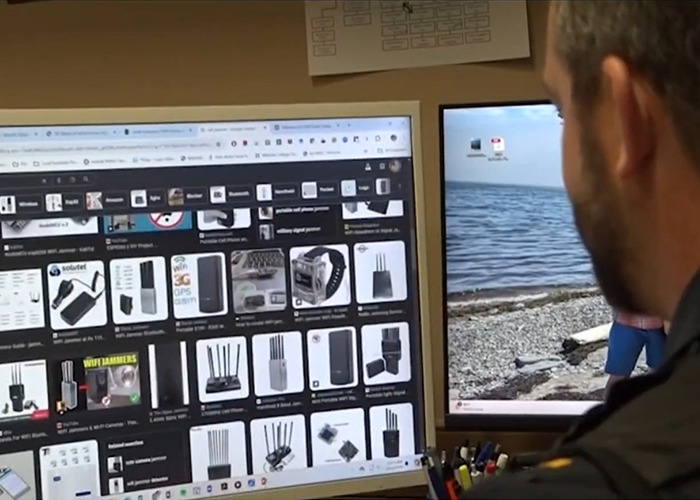
The trend has reached such a scale that some US lawmakers are now demanding action from federal immigration authorities, calling for programs such as the Visa Waiver—which provides a fast track entrance into the US for 90 days—to be suspended.
This primarily affects Chile—the only Latin American country currently part of the Visa Waiver Program.
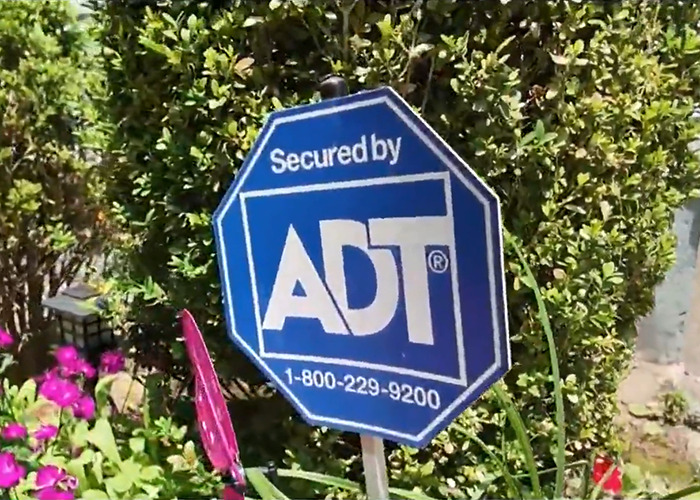
In March of this year, three Chilean nationals were arrested in Irvine, California, after police spotted a suspicious SUV near Bommer Canyon, just as it was leaving an upscale residential neighborhood.
Inside the vehicle, officers found gloves, masks, shoe covers, pet deterrent spray, and other tools commonly used by professional burglars. Authorities believe the men were casing homes in the Turtle Rock and Shady Canyon areas as part of a larger transnational crime ring.
A Queens neighborhood is on guard after a device believed to be recording the block was discovered buried in a resident’s lawn.https://t.co/qY9ez4mXqk pic.twitter.com/dU1Q7DkJrp
— CBS New York (@CBSNewYork) June 9, 2025
Their arrests came just days after Representative Young Kim and a bipartisan group of California lawmakers sent a letter urging the Department of Homeland Security to suspend Chile’s participation in the program, citing repeated instances of “burglary tourism.”
The letter noted that in 2024 alone, 59 residential burglaries in Orange County had been linked to South American Theft Groups (SATGs).
“Private investigator?” Netizens shared their theories on why the device was planted in Mary’s home



























